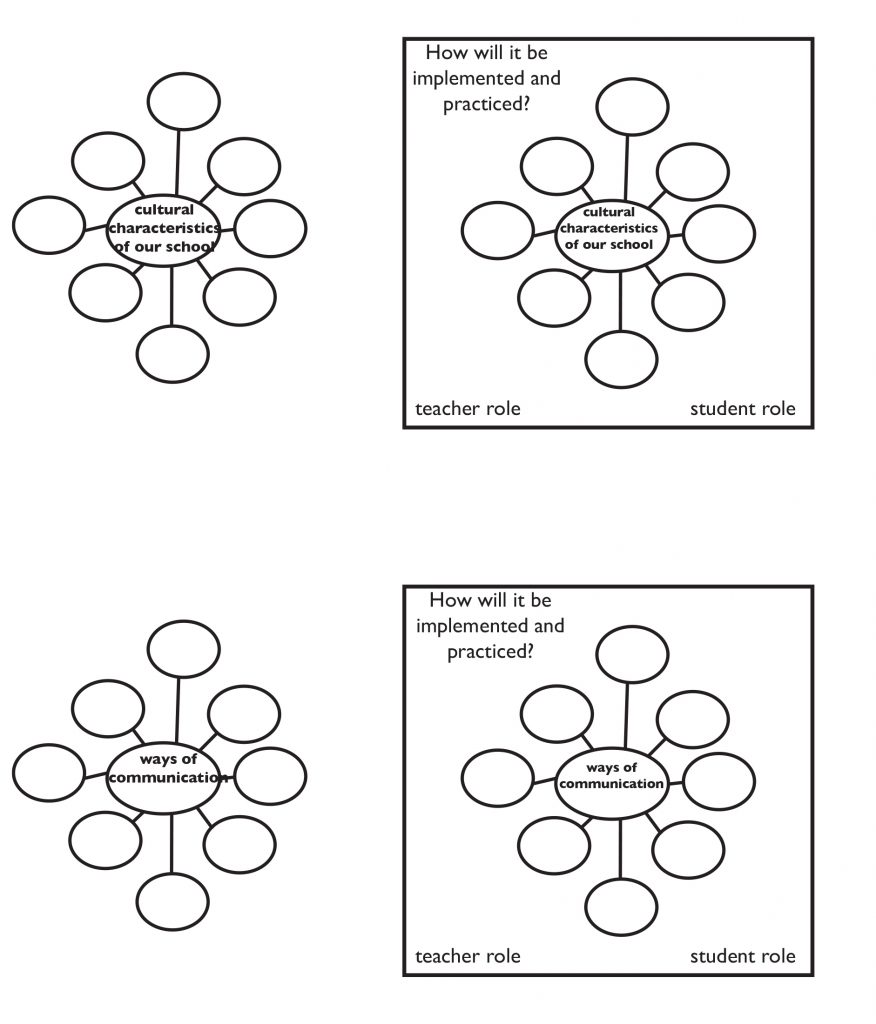People: Critical Thinking Environments
- How does a teachers proximity in the classroom impact the learning environment?
- How do students seating arrangements influence their learning?
- How do decisions of proximity become understood and implemented?
The teacher (facilitator) is the lead ‘choreographer’ on how they influence within the use of the thinking environment including where they are located (with intentionality), how they communicate, how they use their voices and generally interface with the classroom. Their modeling will influence children becoming aware and thoughtful with their decisions on the human interfacing in the classroom.
Creating a Community for South African Schoolgirls – Michelle Sakayan
I think of an architect- as a civil servant, and school design as a social act. You’re working with a community, and reflecting their needs. I’m really interested in making sure that the mission and the culture of a school shines through in the architecture, that it becomes a mirror of what the teachers, the students, the parents, and the administrators are trying to do there in their daily lives.
The architectural design of the Leadership Academy for Girls was our response to Oprah Winfrey’s dream and mission. This is a college preparatory school, a place to challenge local girls to go to college, and to take their knowledge either back to the town where they’re from or to other parts of the world. The school aims to foster the girls’ respect and appreciation for their own cultures and for the cultures of others. We went into the communities the girls would be coming from, visited schools, talked to kids. We made sure that the architecture responded not only to the dream and the mission but also to who the girls are.
Girls in South Africa, at this age, sit in circles. Boys sit in lines. Girls love circles, for singing and dancing too. They start chanting, and it becomes really rhythmic and contagious. So, on the campus, the buildings wrap around, like arms hugging, to make outdoor living rooms, spaces that encourage e country’s future leaders. The girls to feel comfortable in circular gatherings. Every classroom opens onto a garden. It fans out, and beyond it are trees. We’ve mounded the earth under them into small hills that will seat at least 20 people, so that classes can be held outside. This takes advantage of the climate, and embraces the beauty of the South African landscape.
We want the school to be emblematic of South Africa because we want the girls to be proud of their heritage. We used scratched plaster, which is very common in the countryside here: Incredible patterns are scraped into the mud floors and walls of the roundevals, the traditional houses, so we did scratching here too, in a modern way. The girls are coming from 10 different cultural groups. Each culture has beadwork associated with it-anyone who is from South Africa can look at beadwork and say, “that’s Zulu,” or “that’s Tsoto.” In the middle of the campus, right in front of the dining hall, which is a popular place to sit, we put 10 columns. Each of the columns is decorated with one of the 10 culture’s beadwork, translated into mosaic. It’s become a landmark, a place of respect showing each girl that she’s important, no matter where she’s coming from.

